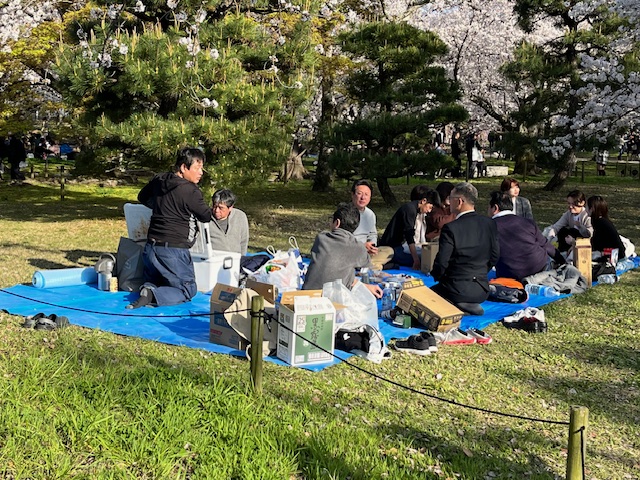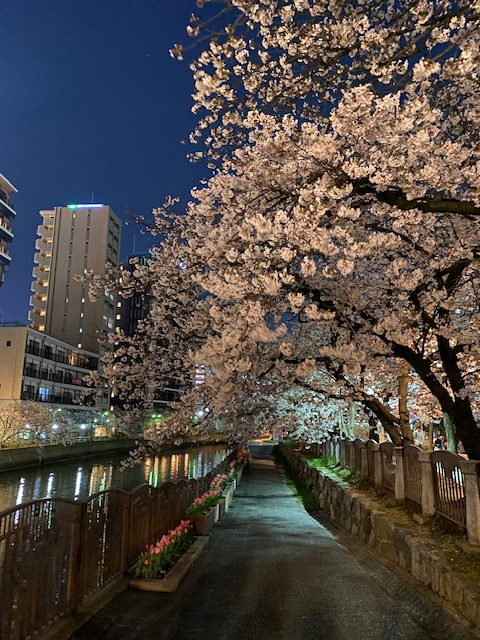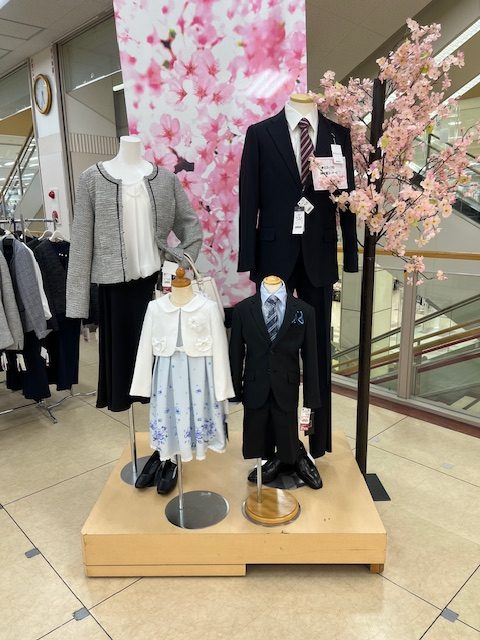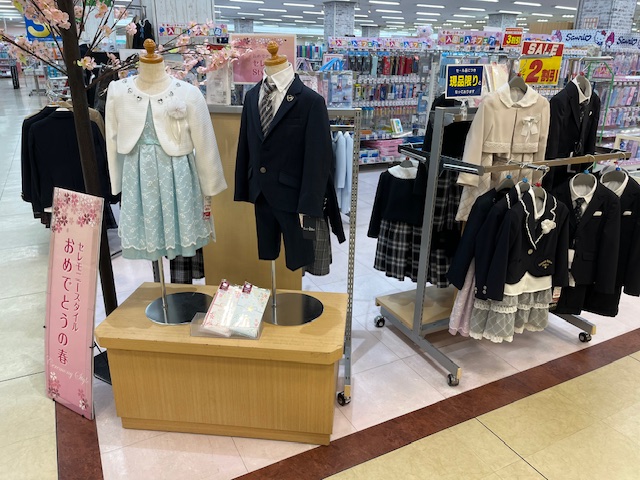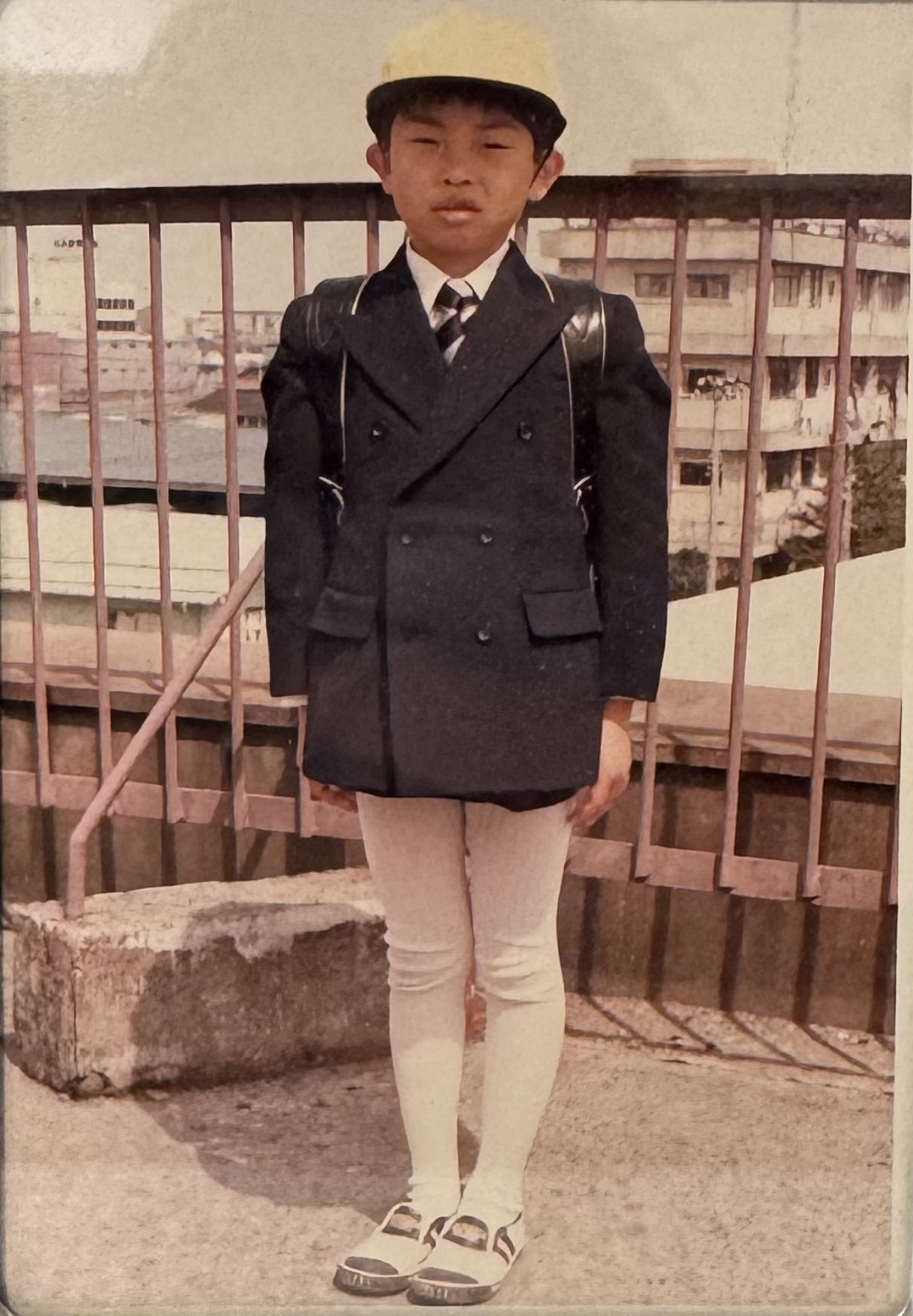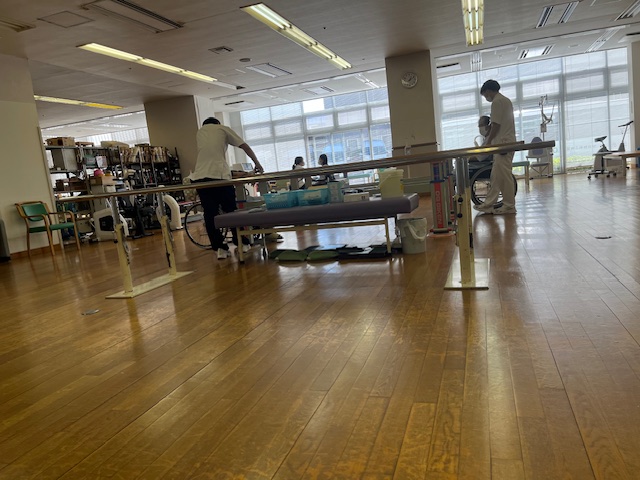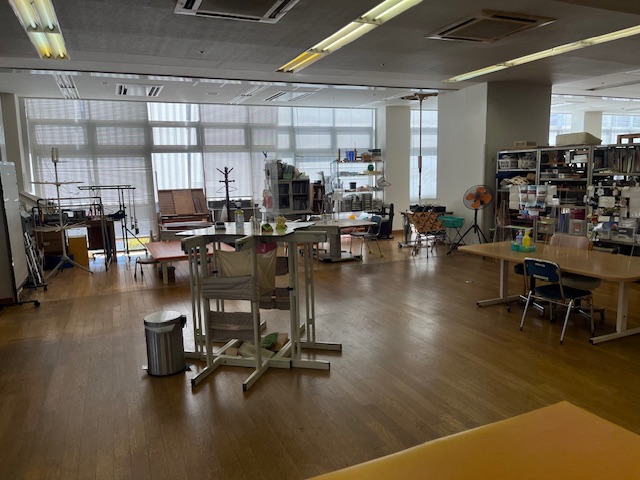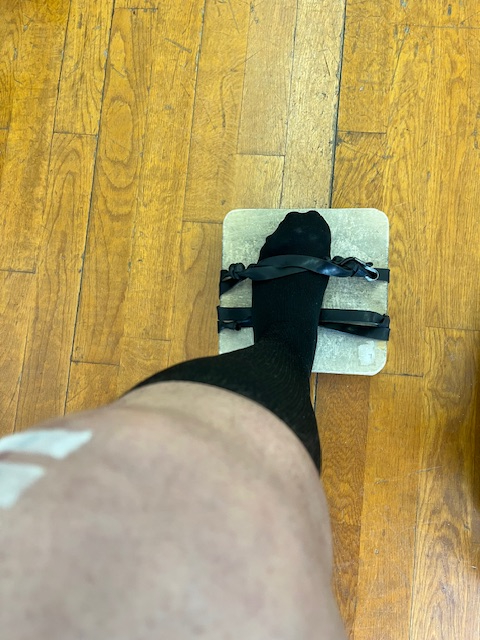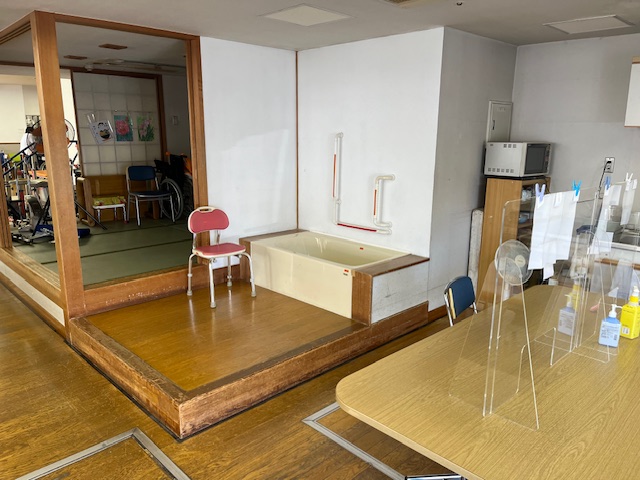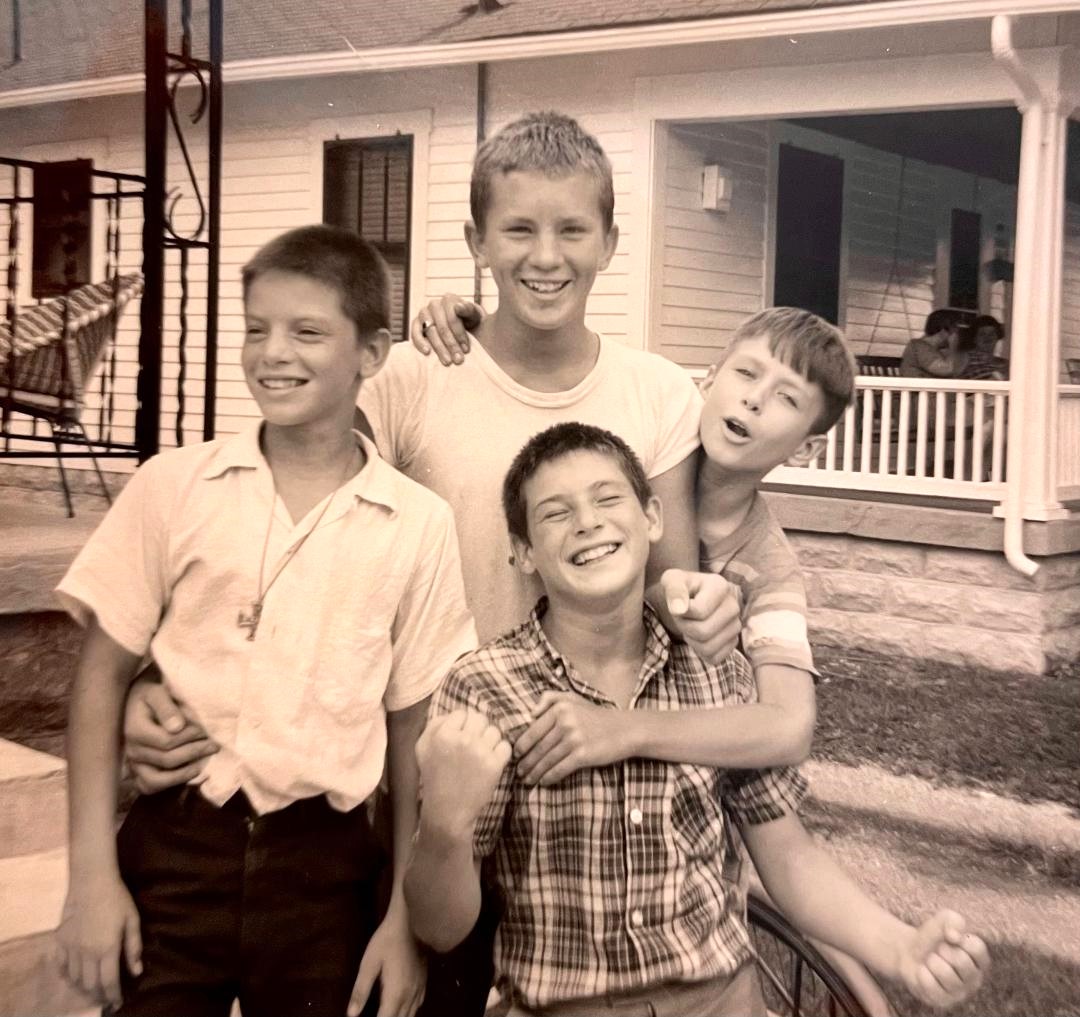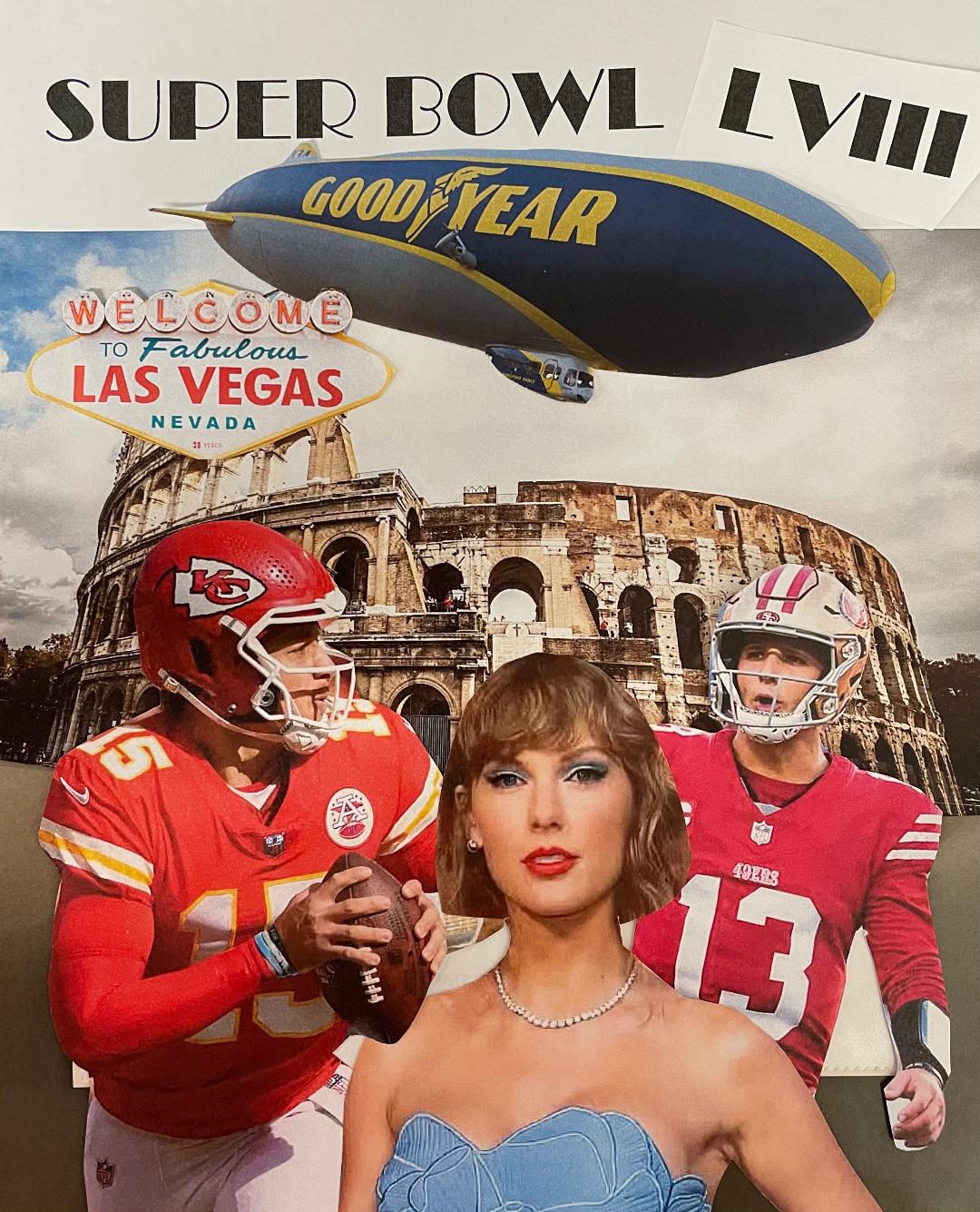Again, I want to thank those of you who took the time to send me your well-wishes. I appreciate your concern and kindness immensely.
Interestingly, the majority of people who responded to my last column were most interested in the photo of the hospital food I included. As expected, with most readers from the landlocked Midwest who read this column, they were surprised by the prevalence of seafood on the tray and the small-sized portions.
Many people commented that I must be losing weight, which I actually am. This is a side-perk of the accident, I guess, because no doubt I really did need to slim down, especially now with an injured knee, so that has been a nice benefit or bonus of being cooped up in the hospital for seven weeks now.
However, I do not recommend getting injured and spending weeks in the hospital to do it!
So, as of the writing of this column I have lost 10 kilos (22 pounds) which comes out to about 3.5 pounds a week, which is probably more than a weight-nutritionist would recommend and includes muscle, but it isn’t only because I don’t like eating seafood!
On Feb. 13, I was transferred to a different hospital which specializes in physical therapy and rehabilitation, so I am up and moving around more, which is good. At the first hospital I stayed in, fish and seafood were primarily what they served, sometimes three times a day. I did supplement my diet with an occasional sandwich from the hospital convenience store, so I wasn’t starving or being malnourished by any means.
I am attributing the bulk of my weight loss to “portion control” which is something that most Americans have difficulty in adhering to due to how we were raised and how huge portions have become today in restaurants.

I grew up in a household where the “clean plate club” was not only expected but enforced. After all, there were kids starving in other parts of the world and you shouldn’t waste food. In addition, my parents both grew up during the Depression and they were especially aware and cognizant of food waste and avoided it at all costs.
Believe it or not, I was a scrawny, skinny kid with knock-knees on spindly legs. I can remember being praised for eating everything on my plate when I was little after dinner because I was such a picky eater. Then, when I got to junior high school, I had to wear the dreaded “huskies” brand of clothing for more Rubenesque boys.
However, in high school, I slimmed down again and was a normal size, but then as a freshman in college, I got the “freshman 15” which has stayed with me and expanded over the years. I did slim down again in Japan, at one point, but I have always had a battle with my weight and as I aged, it became less of a vanity issue and one that I just accepted as being the “way it is.”
Now, of course at 62 years of age, I can’t blame my eating habits as an adult on my parents, but there is a certain mindset or conditioning that occurred from childhood that has carried through to my adulthood. Thankfully, in Japan, generally food portions are much more reasonable and rarely does one need a takeout box after a meal to carry home because the portions are so huge. In fact, when I visit the U.S., that is one culture shock that I regularly experience — the huge portions of food one is given in restaurants.
Often an appetizer or salad would be sufficient, but most people order a main course dish which is a lot of food, and it is then carried home and put in the refrigerator.
I distinctly remember being at an airport on my way home in the U.S. after living in Japan for a number of years and ordering a drink. The worker at the counter asked what size, and I just naturally said “large, please.” I watched the worker pull out a cup so big that it took two hands to hold it, and I screamed out, “small, please.” At this particular fast-food restaurant, the small-sized drink was literally the size of a Japanese “large-sized” drink.
Another memory I have to illustrate how American food portions have changed was when I was shopping at an antique mall, and I found some interesting antique plates. I asked the owner if he had the same plates in “dinner-sized” ones instead of just the salad plates, and he responded, “those are the dinner plates … they were that much smaller a hundred years ago.”

So, again, we Americans have slowly been conditioned to view plate settings differently over the past decades as the sizes have slowly increased in width.
Enough about my relationship over the years with food and back to the topic at hand!
The first hospital I was admitted to must have had the meals brought in off-site and not prepared in the actual hospital, because there was no way to request or change what was served. There were no options. One Shelby County Post reader asked me if I received a daily menu sheet to select what food I wanted to eat. If only!
I know that in the U.S., some nursing homes and hospitals will sometimes have daily options that a patient can select from each day, but in Japan, you get what you get or “you’ll get nothing and like it!”
Thankfully, I do love Japanese rice, but three times a day for seven-plus weeks, it gets a bit monotonous, so I did switch to bread for breakfast, which was the one option they had. That helped, but two slices of white bread with no jam or spread got pretty old, too.

My current hospital is very different. While I can’t pick and choose items from a menu, I did meet with a nutritionist who plans the meals which are cooked in-house and they did take into consideration the fact that I do not eat fish or seafood, so they have been very good at trying to accommodate my tastes with non-pescatarian options.
I am happy with beans and tofu as a source of protein, so it has been more enjoyable eating at this hospital because I generally will eat what is served. Occasionally, something comes that looks so unappetizing I just can’t eat it, but they are trying very hard to make sure I am liking what I am served.
They were serving me 280 grams of rice at each meal, and I asked them to cut that in half and now I get 140 grams which is perfect. I sometimes still can’t eat it three times a day, though, as that is still a bit much.
Needless to say, I have adjusted to the hospital portions and I have every intention of trying my best to continue this trend after I am released. I will have to teach myself that it is OK to leave food on my plate rather than trying to eat every bite due to my long-held beliefs and conditioning.
While I don’t really have a sweet tooth, thankfully, I do like a good afternoon tea with all the fixings, which I will have to cut back on, but that is a small price to pay for being healthier and more committed to keeping the eliminated weight off.
I had several questions regarding the physical therapy I am receiving so that topic will have to wait until next time.
Again, thank you all for reaching out.If you have any additional questions, feel free to drop me a line at toddjayleonard@yahoo.com.
Photos: Breakfast serving (main photo), lunch serving and dinner serving
The Shelby County Post is a digital newspaper producing news, sports, obituaries and more without a pay wall or subscription needed. Get the most recent Shelby County Post headlines delivered to your email by visiting shelbycountypost.com and click on the free daily email signup link at the top of the page.






